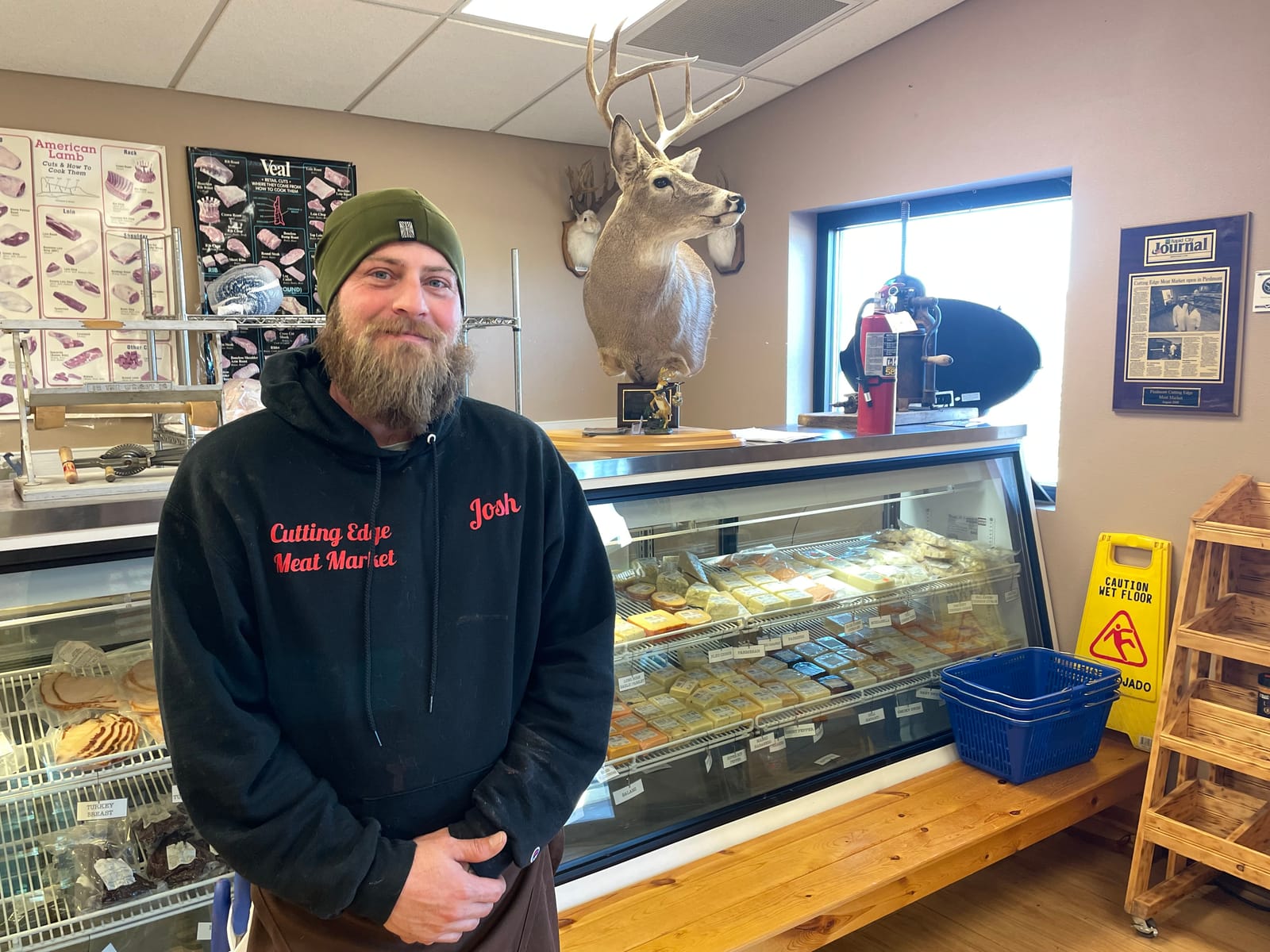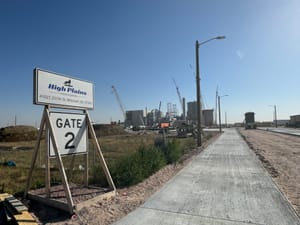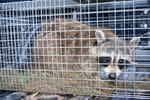PIEDMONT, S.D. – Earlier this year, well before big-game hunting season began in South Dakota, Josh Clark invested time and money into expanding his wild-game processing capabilities to take advantage of high demand for the service.
As the number of commercial and self-employed meat cutters willing to process wild game in South Dakota has dwindled, Clark saw an opportunity in 2024 to profit off the trend at Cutting Edge Meat Market in Piedmont, where he is the manager.

Prior to hunting season, he added another skinning station, expanded capacity to hang and move animals and created more refrigeration space. He also did some summer advertising to let hunters know he is still taking in deer, elk and other large animal carcasses for full-service processing into steak, burgers and sausages.
“I don’t know if it’s just the lack of processors still out there, but we're up 30% to 40% over last year in terms of animal drop-offs,” Clark told News Watch last week. “We’re slammed right now.”
Clark said he recently contacted several other West River meat shops and found that no one he spoke to is taking in whole deer or other game for processing.
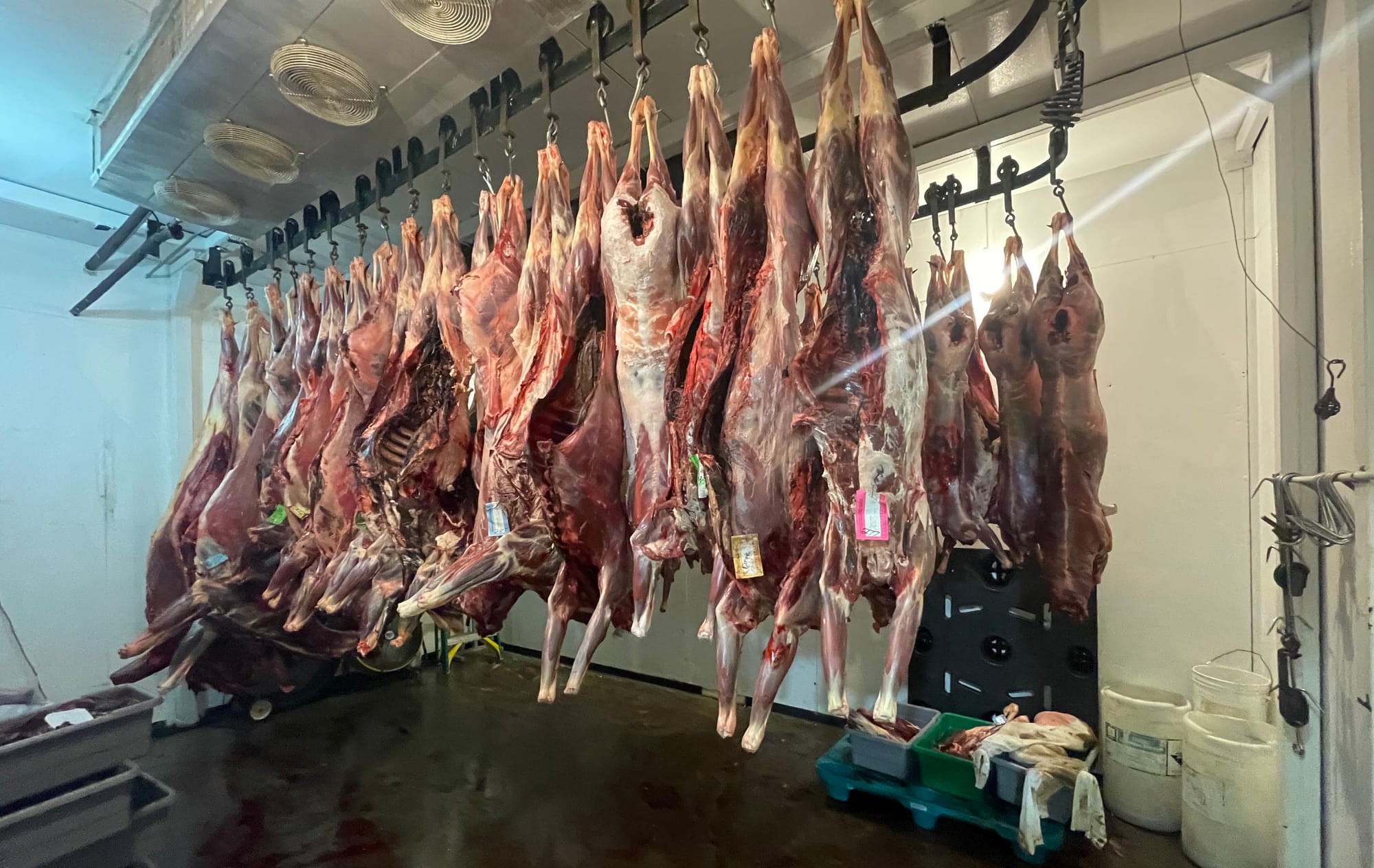
Butchers who still take full deer carcasses said other processors who no longer take wild game or require it to be deboned first may be facing worker shortages, have higher expenses that cut into profitability or simply do not want the hassle of dealing with wild game processing that often occurs one customer with one animal at a time and creates a mad rush of business each fall.
The month of November – the heart of the deer hunting season in South Dakota – is always busy for butchers who process wild game, as hunters bring in tens of thousands of deer and antelope shot with rifles or bow and arrow. In 2023, South Dakota hunters killed about 49,000 deer, roughly 2,800 antelope and 114 elk, according to the state.
Clark said prior News Watch coverage of the processor shortage generated even more business for him, including from Custer State Park, where officials shipped him some buffaloes for processing after culling park animals after the annual Buffalo Roundup.
South Dakota butchers exiting wild game market
Some butcher shops have closed or shifted focus away from wild game, while others no longer take any game animals, and a few will only process wild meat that is already skinned and deboned by the customer.
Whereas commercial livestock producers schedule delivery of animals to be slaughtered and butchered during normal work hours and with several animals at once, big game hunters usually arrive at butcher shops with one or two animals at whatever time of day they happen to make a kill.
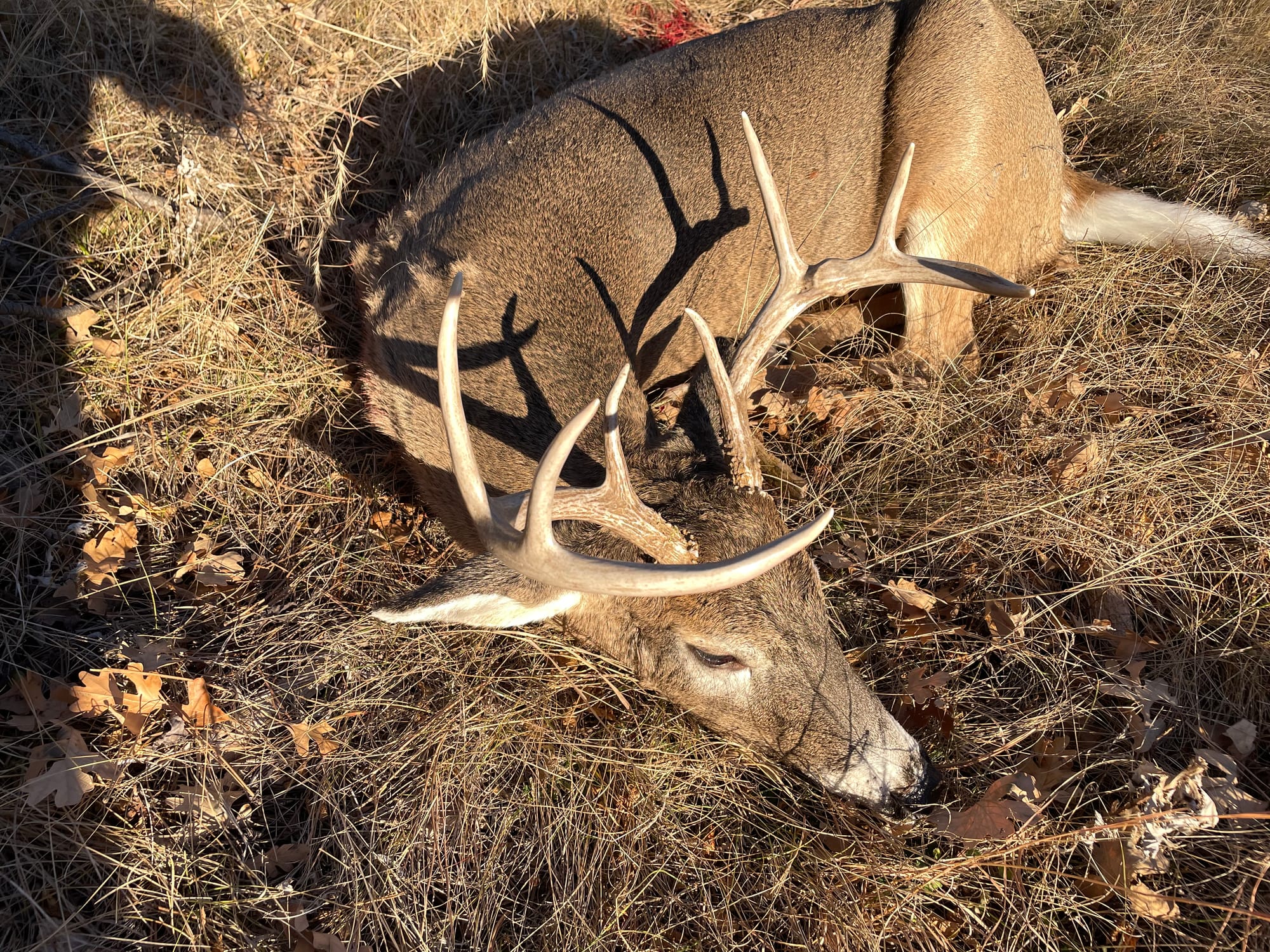
Paul Sorum, co-owner of Renner Corner Meats, about 10 miles north of Sioux Falls, said his shop usually processes about 1,000 deer and other big-game carcasses a year. Sorum said he feels a strong commitment to helping hunters have a place to take full carcasses. But he also wants to continue taking whole animals as a way to maintain the South Dakota hunting economy and to uphold conservation goals.
“If it weren’t for the hunters, we’d have an overabundance of deer that are not easy on crops, not to mention the damage they do to vehicles (when struck),” he said.
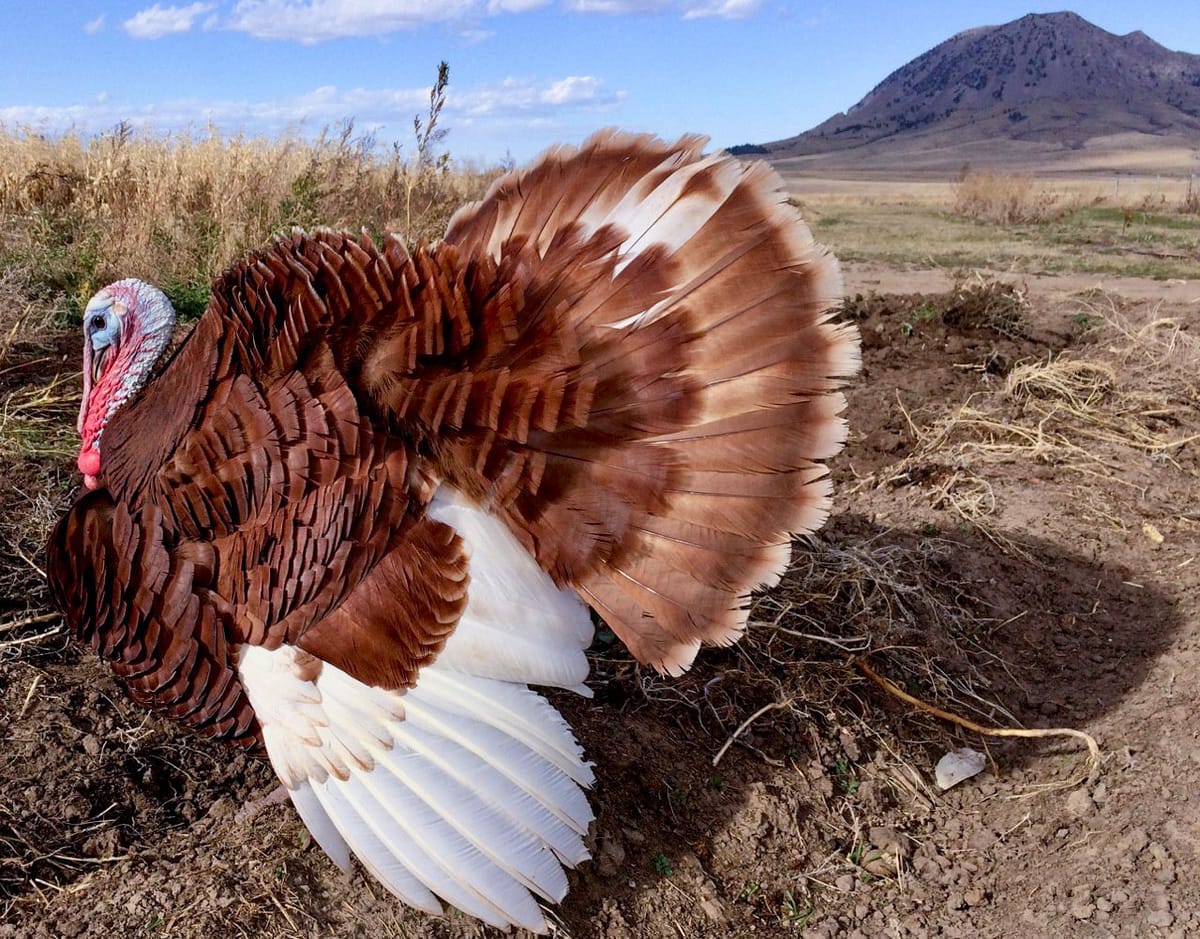
The shortage of wild-game processors has been a boon to Sorum’s bottom line in the fall. He’s now taking in a lot of deer from western Minnesota and has had elk, moose, caribou, bear and antelope shipped in from other states for processing in Renner.
One concern is that if hunters who lack the skills or equipment to skin, quarter and debone carcasses on their own can't find a processor willing to take a whole carcass, the animals could be dumped in the garbage or left to rot in the field. Some hunters might choose to give up hunting if they know in advance they won't be able to get a full animal carcass processed.
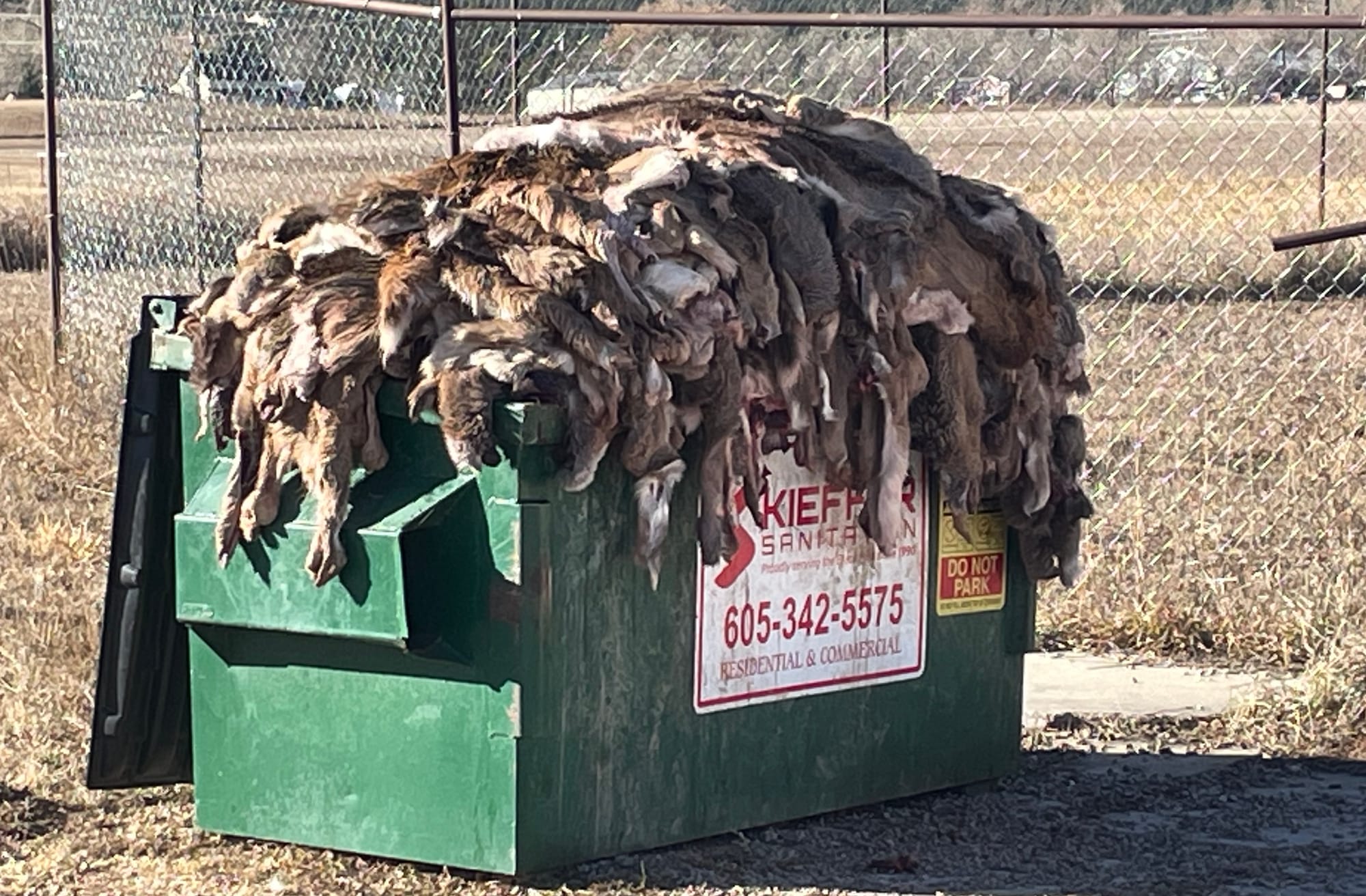
“The deer hunters, they need a place to take their animals to be processed correctly and to know they’re going to get a great product, so we still provide that service because there’s not that many of us out there,” Sorum said. “It’s a busy time, and it’s difficult work, but I have a great staff and we get through it.”
Hunters can donate animals to charity
Hunters who want to donate the meat from a deer or antelope to charitable food pantries across the state can work with South Dakota Sportsmen Against Hunger. Under the program, hunters with animals can contact one of roughly two dozen butchers in South Dakota and drop off an animal carcass or deboned meat for full processing.
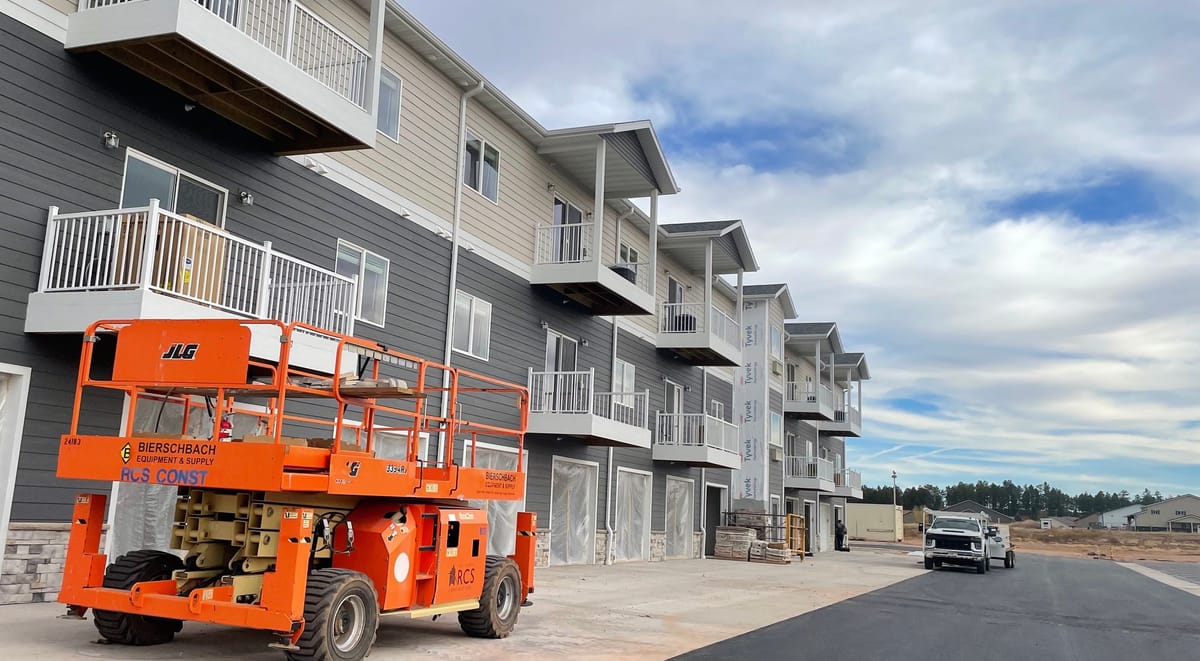
The wild game processing industry is not overseen or regulated by the state Game, Fish & Parks Department, which manages state hunting seasons, though butcher shops are subject to regular inspection by state and federal regulators. GFP spokesman Nick Harrington sent an email to News Watch in 2023 saying the department "is currently not seeing a lack of game processors acting as a barrier to hunters participating in the sport."
"Conversely, applications for many big game seasons including deer and elk are either holding steady or gradually rising each year," Harrington wrote. "There are some big-game hunters who utilize processors, while others process themselves. This is each individual hunter’s choice and personal preference."
Home-based butchers help fill the need
The commercial butcher shops that handle wild game have long been bolstered by a network of small, home-based meat processors who take animals killed in the fall. However, those processors are also dropping out of the industry or slowing down due to age, increasing volumes or burnout.
But some home-based butchers continue to provide the service of processing wild game from carcass to usable meat portions wrapped in butcher paper, though they often can only be found through word-of-mouth connections.
Rex Roseland and his wife, Cheryl, have processed wild game at their home north of Rapid City for decades, but they've seen demand for processing rise in recent years.
“When you get swamped, it just takes time to get caught up,” Rex Roseland told News Watch in 2023. “We get a lot of people from previous years, and they keep coming back. But every year it seems like we pick up more people.”

Cheryl Roseland said they enjoy the work and want to help hunters out, but it’s getting harder to handle the increasing flow of animals being brought in.
“We’ve heard from people who are saying, ‘Help us because we can’t find anyplace that will take it,’” she said. “But the thing is, while we can do it, do we have room to add another animal? We will take overflow when we can, but we’re overflowing ourselves out here.”
This story was produced by South Dakota News Watch, an independent, nonprofit news organization. Read more in-depth stories at sdnewswatch.org and sign up for an email every few days to get stories as soon as they're published. Contact Bart Pfankuch at bart.pfankuch@sdnewswatch.org.

